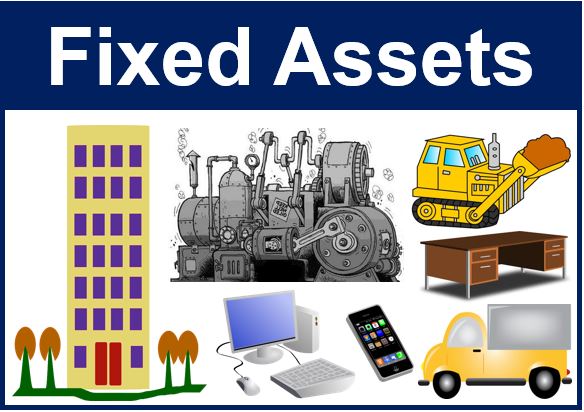Fixed Assets Management – Enhance Efficiency
Fixed assets are essential to any business operation, representing significant investments in long-term physical resources. Effective management of these assets is crucial for optimizing their utilization, reducing costs, and ensuring compliance. In this blog post, we will explore how fixed assets management can be enhanced to improve efficiency and drive business success.
Challenges in Fixed Assets Management
Inefficient fixed assets management can lead to various challenges, including:
- Inaccurate asset tracking and accounting
- Lost or misplaced assets
- Unnecessary downtime due to asset failures
- Increased maintenance costs
- Non-compliance with regulatory requirements
Benefits of Enhanced Fixed Assets Management
By implementing robust fixed assets management practices, businesses can reap numerous benefits, such as:
- Improved asset utilization and productivity
- Reduced asset-related expenses
- Enhanced asset tracking and visibility
- Optimized maintenance schedules
- Improved compliance with industry standards
Strategies for Enhancing Fixed Assets Management
To enhance fixed assets management, businesses should consider adopting the following strategies:
- Implement an Asset Tracking System:
A comprehensive asset tracking system provides a centralized repository for all asset-related information, including location, condition, and maintenance history. This enables accurate tracking, inventory control, and efficient asset utilization.
- Establish a Clear Asset Policy:
A well-defined asset policy outlines the guidelines for asset acquisition, disposal, maintenance, and accounting. It ensures consistency, transparency, and compliance with applicable regulations.
- Leverage Asset Management Software:
Specialized asset management software can automate many tasks, such as asset tracking, maintenance scheduling, and reporting. This streamlines processes, reduces manual errors, and provides real-time data insights.
- Conduct Regular Asset Inspections:
Regular inspections help identify potential issues early on, preventing costly failures and downtime. Inspections should include physical checks, performance monitoring, and documentation of any discrepancies.
- Optimize Maintenance Schedules:
Preventive maintenance is crucial for extending asset lifespan and reducing unscheduled downtime. By optimizing maintenance schedules based on asset usage and condition, businesses can minimize repair costs and improve asset reliability.
- Enhance Inventory Management:
Effective inventory management ensures that spare parts and supplies are available when needed. This prevents unnecessary delays and reduces asset downtime due to parts shortages.
- Utilize Technology for Asset Tracking:
Technologies such as RFID tags, GPS tracking, and IoT sensors can enhance asset tracking accuracy and visibility. This enables real-time monitoring, geofencing, and alerts for potential asset loss or theft.
Conclusion
Fixed assets management is a critical aspect of business operations that can significantly impact efficiency and profitability. By implementing enhanced management practices, businesses can optimize asset utilization, reduce costs, improve compliance, and ensure the long-term value of their capital investments. Embracing the strategies discussed in this blog post will empower businesses to enhance their fixed assets management and drive operational excellence.
Learn How DSK Global Solution Can Help


About the author